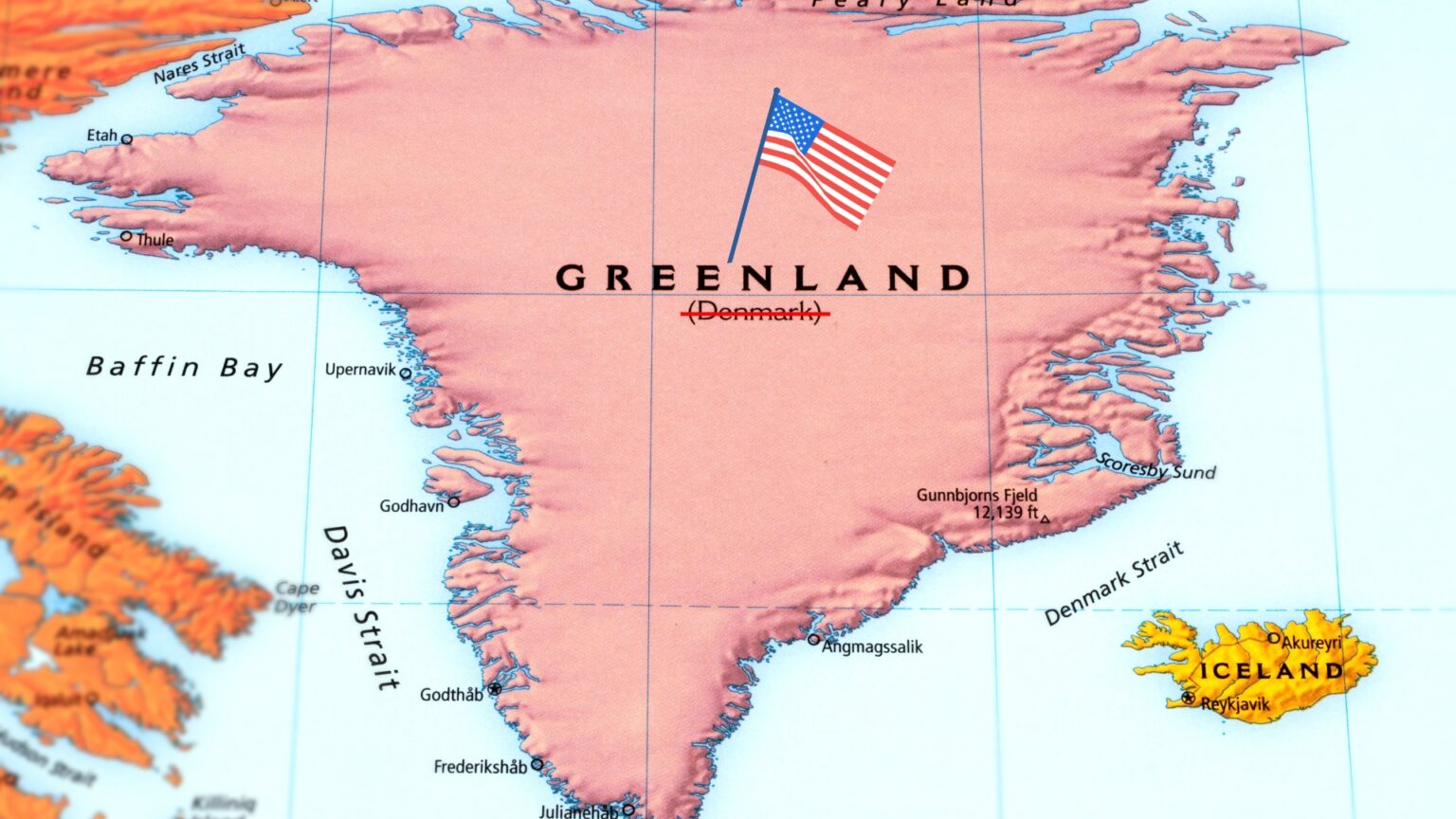Expanding the Global Energy Battlefield Greenland is emerging as a formidable player in the global energy landscape, partially due to its considerable reserves of rare earth elements (REEs).
Greenland is ranked eighth globally and boasts approximately 1.5 million metric tons of rare earth oxide reserves. This impressive figure closely rivals the United States’ reserves of 1.8 million metric tons, positioning the island nation as a significant potential contributor to the clean energy sector.
In the race towards a sustainable future, the demand for critical minerals such as lithium, cobalt, and rare earths is projected to quadruple by 2040. This surge in necessity is driven by the clean energy transition, which requires large quantities of these resources for technologies like wind turbines, solar panels, and electric vehicles. Despite the increasing demand, the global supply of essential minerals remains limited, leading industry experts to focus on previously underexplored regions like Greenland.
The geological richness of Greenland is only beginning to be unearthed. While only a fraction of the island’s landmass has been explored, a 2023 survey revealed that 25 of the 34 minerals classified as “critical raw materials” by the European Commission are present in Greenland. Noteworthy deposits include the Kringlerne alkaline-hosted REE deposits in South Greenland, considered among the largest known REE deposits worldwide. Additionally, the Disko-Nuussuaq project is anticipated to have the potential to rival Siberia’s Norilsk-Talnakh mine, which is globally one of the largest copper and nickel producers.
Recognizing Greenland’s potential mineral wealth marks a dramatic shift from previous energy strategies. During the Trump administration, the focus was heavily on achieving energy independence via fossil fuels. However, the energy race has shifted towards securing dominance over mineral supply chains necessary for clean energy technologies. This shift raises questions about whether this marks a transformative moment for clean energy or a new incarnation of historical resource-driven conflicts.
Beyond mineral potential, the strategic implications of Greenland’s reserves cannot be ignored. With parts of Greenland remaining unexplored, the prospects for discoveries are substantial, affirming its status as an untapped treasure trove. The competition among energy companies for these resources is intense, driven by the promise of independence from traditional fossil fuels, thus highlighting Greenland’s pivotal role in the new global energy dynamics. Given its strategic importance in the global mineral supply chain, this growing competition could position Greenland not only as a key enabler of clean energy technology but also as a potential geopolitical hotspot.
